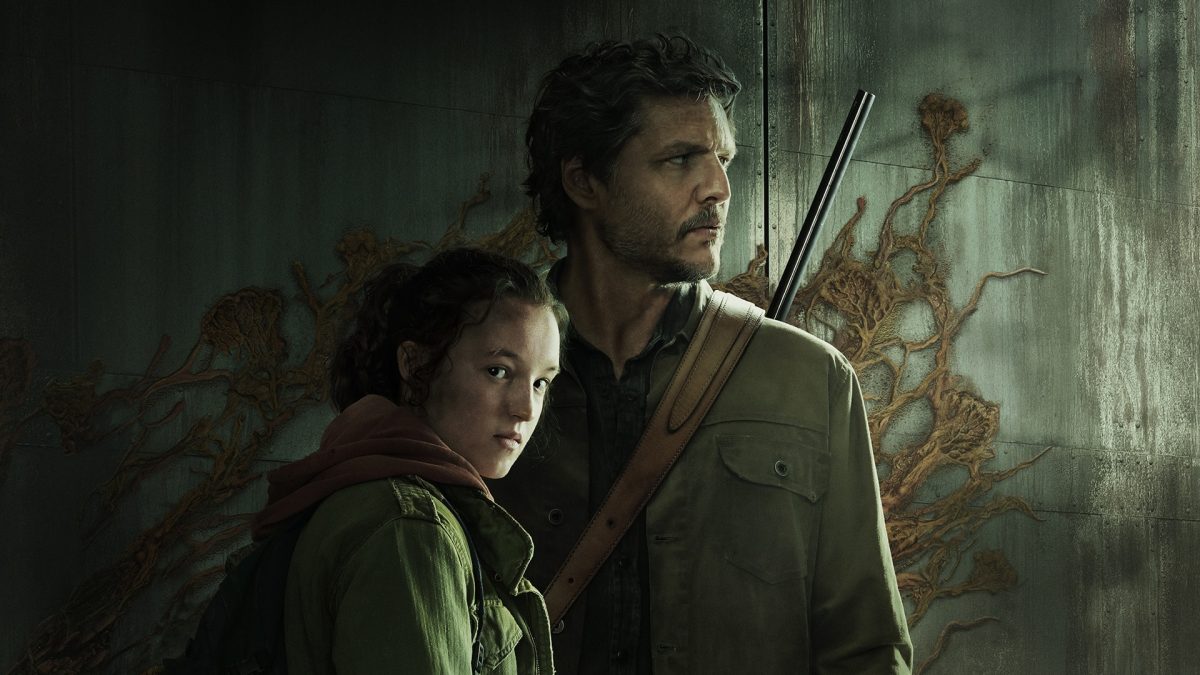This review contains spoilers for “The Last of Us” television show and video game.
“The Last of Us” and “The Last of Us Part II” are very special games to me as a gamer and writer. These games have had a big influence on my life and how I view art. So, I was very interested when I found out there was going to be a live-action adaptation of the first game.
“The Last of Us,” released weekly from Jan. 15 – Mar. 12, 2023, is a television thriller and drama series based on the video game of the same name. The series follows Joel Miller (Pedro Pascal) as he transports a 14-year-old girl, Ellie (Bella Ramsey), across a post-apocalyptic United States.
Video game adaptations don’t typically have the reputation of being good. In fact, most of them have been really, really awful. It’s been only recently, with “Arcane” and “Cyberpunk: Edgerunners,” that good video game adaptations have been made.
However, “Arcane” and “Cyberpunk: Edgerunners,” as fantastic as they are, have the luxury of not being “The Last of Us.” Video game storytelling owes itself to the groundwork this game laid out in 2013. If you were to ask people who play video games what their favorite video game was, based solely on the story, a good chunk of them would list “The Last of Us.”
So, I was very happy to see that “The Last of Us” television show was one of the greatest, if not the greatest, video game adaptations ever made.
I will be doing a deep discussion of each episode of the show, as I feel a general spoiler-free review would not do this review justice, so this is your last chance to leave before I begin talking about spoilers.
When You’re Lost In the Darkness
The first episode of “The Last of Us” television show was the one I was worried about the most because there was a chance the show would hold back on the aspects that made the original opening so iconic.
As the show starts, the viewer is walked through an average day with Joel and his daughter, Sara (Nico Parker). Things begin to intensify, as the apocalypse has officially started, and the viewer witnesses Sara’s death. It’s not some heroic sacrifice. It is a horrific death of an innocent young girl.
Sara’s death is one of the most important aspects of “The Last of Us” as it sets the tone for the rest of the story. The world of “The Last of Us” is grimy, violent and cruel, and Sara’s death perfectly encapsulates that.
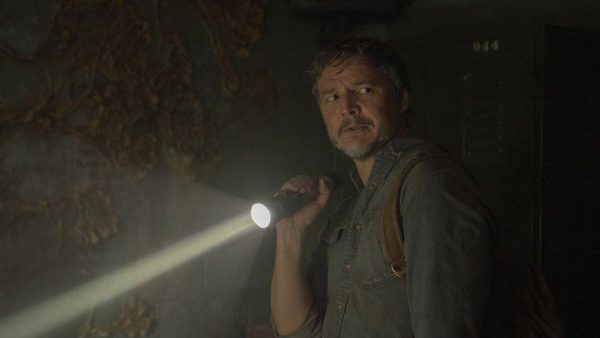
The story would not be as impactful if this scene did not happen. Joel’s character hinges on this moment, and his motivation for later in the story would not work if this scene didn’t happen.
The rest of the episode jumps 20 years in the future, and the viewer is introduced to Tess (Anna Torv), a smuggler who works with Joel and Ellie, who is immune to the cordyceps fungus. The episode sets up the journey to transport Ellie across the country with the goal of making a cure.
Infected
Episode two does a lot for the worldbuilding of the show, and it highlights my favorite aspect of it: the set design and makeup effects.
This episode has Joel, Tess and Ellie travel across Boston to deliver Ellie to the Fireflies, a freedom fighter group that wants to use Ellie’s immunity to create a cure. Along the way, the show highlights the state of the world after the cordyceps fungus spread, and it is just an amazing interpretation of a post-apocalyptic world.
The barren, destroyed city of Boston is done expertly. Shots where they highlight how far the destruction goes are mind-bending, as it looks so, so good. I know there has to be a greenscreen or digital editing to get everything in one shot, but it is woven together so well that I can’t tell the difference between the physical and digital sets. I am so happy to see the commitment to bringing this humanless city to life and perfectly translating these scenes from the game to the silver screen.
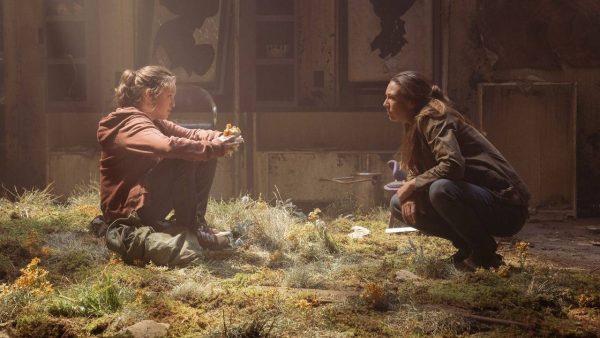
Another aspect I am happy to see is the infected. The makeup and mannerisms of the infected in the show are top-notch, with the crown jewel being the clickers. Clickers are a stage of the cordyceps infection where the fungus grows out from the head of the victim and blinds them, leading to them using echolocation, or clicking noises, to find their prey.
The show perfectly translates the horror of these creatures with makeup, sound design and acting from those who played these infected. I would even go so far as to say this section of the story is much better than the game, as it establishes the horror of this infection perfectly.
Long, Long Time
Episode three of the show has Joel and Ellie heading to Bill (Nick Offerman) and Frank’s (Murray Bartlett) compound to ask for a vehicle. This section of the show then proceeds to show the life of Bill and Frank from the beginning of the apocalypse until their death right before Joel and Ellie arrive.
This section of the story is completely different in the game, which may be a problem for some people, but I love this short story of love the show decides to tell.
Neil Druckmann, assistant director of “The Last of Us” and creative director of the original game, said in a “Behind the Episode” segment that his philosophy on the show was that if they come up with an idea to deviate from the source material, then they deviate.
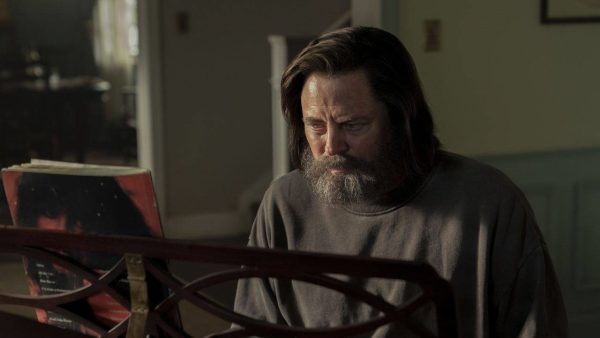
This mindset is why the episode, other new and original scenes and dialogue is so good. Every single original idea for this show is not only appreciated, but it makes the world of “The Last of Us” feel bigger.
“Long, Long Time” is my favorite episode of “The Last of Us” as it is an expertly written and acted love story that ties into the main plot. While it is jarring, spending an entire episode with two people the viewer has never met before, it ties in beautifully with the main theme of this story: love.
Please Hold My Hand
Episode four has Ellie and Joel traveling across the country to find Tommy (Gabriel Luna), Joel’s brother, so he can help them locate the Fireflies. Ellie and Joel are then ambushed by raiders in Kansas City, MO and need to fight their way out.
This is the episode that really highlights the acting from Pedro Pascal and Bella Ramsey as Joel and Ellie’s relationship grows. While I prefer Troy Baker’s Joel, as he is a much angrier and morally gray character, Pascal delivers an emotionless husk of a person who slowly regains his humanity by being around someone who reminds him of his daughter. It is a different interpretation, but it still works for the story, and Pascal does a great job as this character.
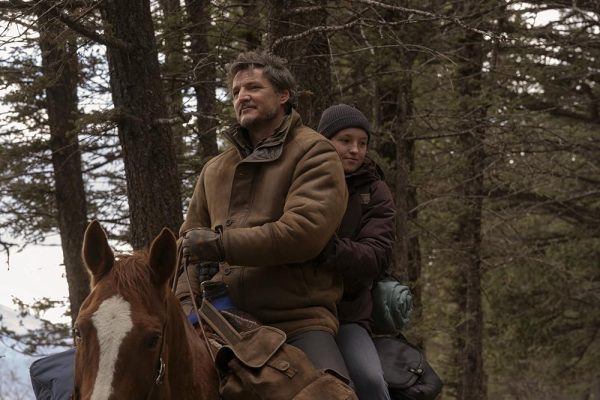
However, Bella Ramsey steals the show as Ellie. Ellie is a smart mouthed teen who brings comic relief into this depressing world. I will always associate Ashley Johnson with Ellie, but Ramsey’s portrayal of this character is done so well that it is hard to choose which one is objectively better. This episode, in particular, made me fall in love with Ramsey’s acting, as she perfectly encapsulates what makes Ellie such a captivating character.
Endure and Survive
Episode five has Joel and Ellie teaming up with brothers Henry (Lamar Johnson) and Sam (Keivonn Woodard) to escape Kansas City.
This episode does a great job of introducing these two characters that were referenced in the last episode and making them relevant to the plot and overall theme of this story. Henry and Sam are meant to be a reflection of Joel and Ellie, and I think the show does a better job of this than the game.
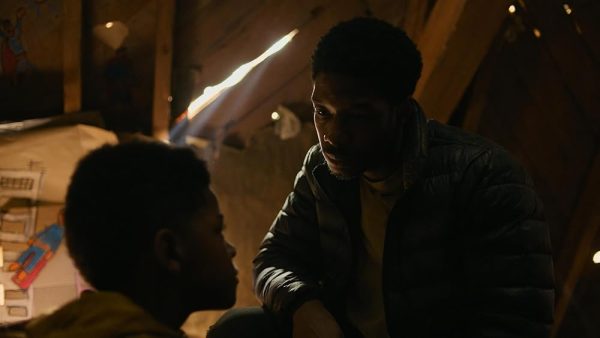
In the show, Sam is a lot younger than Henry, and he is deaf, which makes him rely on Henry a lot more. It definitely works, and it hints at the argument Joel and Ellie will have in the next episode that brings up the idea of these two separating.
The other thing to note is the idea of raiders hunting down Henry and Sam because Henry killed one of the raiders to get medicine for Sam. This is an especially good addition to the story as it hints at the final episode of the show and what Joel is willing to do to keep Ellie safe.
Kin
Episode six has Ellie and Joel finding Tommy in Jackson County, Wyoming. This is where the relationship between Ellie and Joel is really tested.
This is an episode where I have to bring up my biggest complaint about the show. Scenes in the show where the dialogue is the exact same as the game just do not hit as hard. As much as I appreciate the story following in the footsteps of the source material, there are a lot of scenes in the show that fall flat when they repeat the source material word for word, and the most egregious example of this is Joel and Ellie’s argument.
The argument between Ellie and Joel is the best scene from “The Last of Us” game. Ellie brings Sara up to Joel, and they have an argument about it. It is such a devastating and gut-wrenching scene that was perfectly voice-acted by Ashley Johnson and Troy Baker.
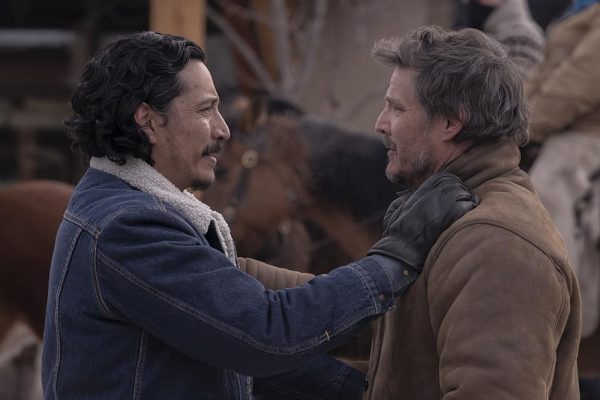
Because of that, when this scene is repeated exactly word for word in the show, it feels much flatter and emotionless compared to the scene in the game. I understand I am biased. I experienced the game first, and that is what my brain relates this scene to, but just comparing this scene exactly to the original, it just doesn’t hit as hard.
It’s not necessarily the fault of the actors, as Pedro Pascal and Bella Ramsey have made their own excellent interpretations of these characters that have really strong emotional moments, but this scene in particular, for whatever reason, does not match the emotion as the original.
Left Behind
Another flashback episode, episode seven, focuses on the incident where Ellie gets bitten. The episode is also another love story, this time with Ellie and her friend Riley (Storm Reid) exploring an abandoned mall.
This is the first episode where I think the show does a better job than the game because of the set design and Bella Ramey’s acting.
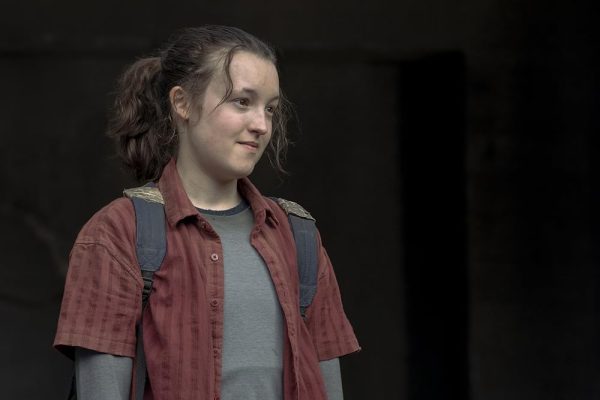
The mall is amazing to look at. Every time I watch this episode, I marvel at the shot of Ellie looking out at the entire mall. It looks so good, and it’s believable that a mall would look exactly like this after being abandoned for 20 years. It probably is my favorite episode when it comes to set design.
Speaking of favorites, Bella Ramsey absolutely owns it as Ellie in this episode. All the small emotions she makes when she looks at Riley, like she wants to confess to her but doesn’t know how, are so well done. This episode cemented Ramsey as the perfect choice as Ellie for this adaptation, and I wouldn’t have had it any other way.
When We Are in Need
Episode eight follows Ellie as she is taking care of an injured Joel. As she takes care of him, a rival group of survivors led by David (Scott Shepherd) begins hunting down Ellie and Joel.
Just like the last episode, I think I prefer the acting from the show to the original game when portraying David as a character. The show is able to highlight the situation David is in and make the viewer begin to sympathize with him, but as the episode goes on, the viewer begins to become ever more uncomfortable and scared of him when Ellie gets involved.
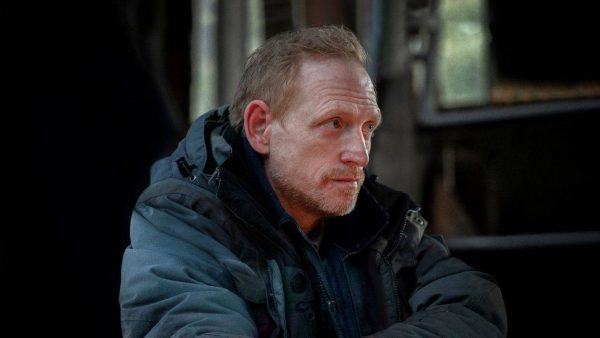
Shepherd’s portrayal of David adds so much more depth and horror to the character that was not present in the game. As much as I love Nolan North, Shepherd steals the episode and really scares the viewer with his portrayal, especially when it comes to his interaction with Ellie.
This is the first time Ellie has to solve a problem without Joel, and this episode is such an anxiety-filled adventure that ends with the biggest emotional payoff in the story. Everyone I talked to about this scene gets teary-eyed talking about it, that’s how well the show translated this climactic scene where Joel and Ellie get back together. It’s one of the best scenes in the show and one of its best instances of copying an iconic scene from the game.
Look for the Light
The last episode of the show was another episode I was worried about, as the ending of “The Last of Us” game is iconic. Watching through the episode, I gave a huge sigh of relief as it follows the game nearly bar for bar, which I am glad they did.
Joel’s rampage of the Firefly hospital to save Ellie and then lying to Ellie about it was one of the most challenging endings to any game I played, and I am glad the show translated these moments almost exactly.
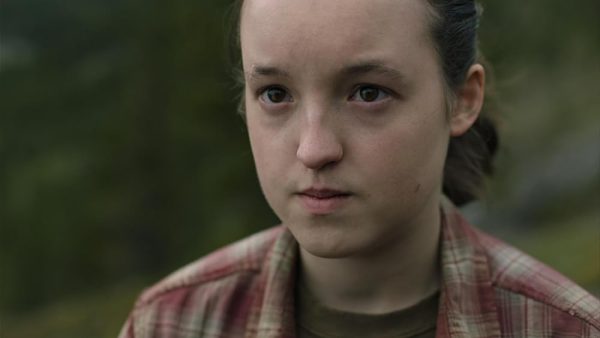
This scene has a lot of discussion around it, mostly surrounding why Joel did what he did, a big argument defending Joel because the Fireflies were incompetent and unable to make a cure. In my eyes, it doesn’t matter. This decision was a solely selfish reason because Joel could not go through what he went through with Sara again. It was a choice between the rest of the world or Ellie, and, to Joel, it was the easiest decision of his life.
As much as I love the new scenes and original dialogue for this show, I am so pleased the show did not diverge from the original ending, as it shows the respect everyone who worked on this show had for the original game.
Conclusion:
Video game adaptations are weird. Video games are such a new media, and the rise of more story-centric games would, of course, lead to different media adaptations. The thing with video games is that they are not really respected as an art form like other pieces of media.
So many different video game adaptations have failed because the teams working on them tend not to have an idea of what makes a video game worth adapting because they don’t see video games as art or “worthy” of adaptations. This is an issue that happens with all sorts of media, but it seems to be especially prevalent when it comes to video games.
So when I learned Neil Druckmann, the creative director for “The Last of Us” and “The Last of Us Part II,” would be one of the leading directors for this show, my faith in the show increased. Not only does “The Last of Us” television show respect the source material, but it is able to create original scenes specifically for this adaptation so it can work in this format.
While I cannot say the television show is better than the game, as key scenes in the game just seem to hit a lot harder, the television show gets a lot right, so much so that it is one of the best video game adaptations ever made. In the best-case scenario, this show may change the way filmmakers and audiences who originally didn’t care about video games now begin to delve into this art form that I have enjoyed for a large portion of my life.


